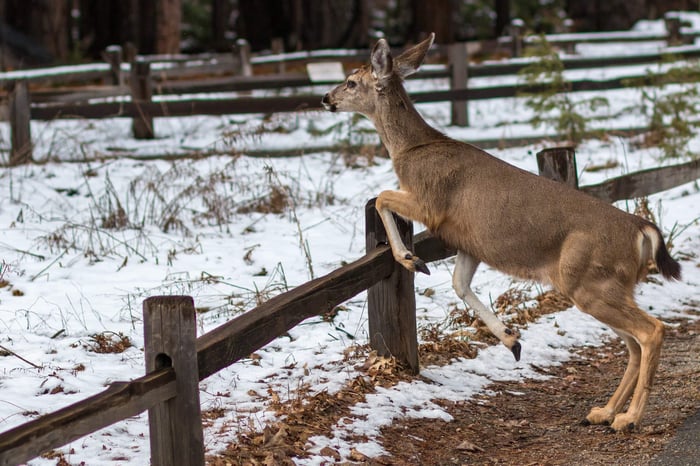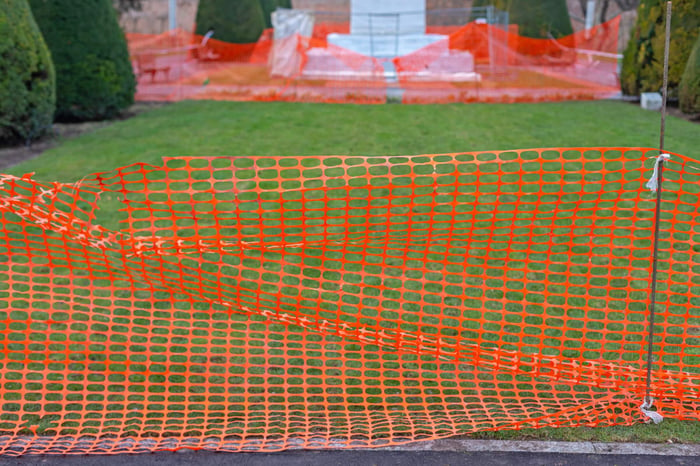Deer Fencing for Small Gardens: Tips & Tricks
Deer are beautiful creatures, but when it comes to our small gardens, they can be quite a nuisance. They can turn your carefully curated garden into their personal buffet in no time. However, there's a solution to keep these graceful creatures at bay: deer fencing. Let's explore some tips and tricks for implementing effective deer fencing for small gardens.
Why is Deer Fencing Important?
Deer fencing is vital for protecting our small gardens from these hungry herbivores. Without adequate protection, deer can easily destroy your plants, flowers, and vegetables. They can also bring ticks and other unwanted pests into your garden. By implementing proper deer fencing, you can keep your garden safe and allow it to flourish without any disturbance.
Choosing the Right Deer Fence
When it comes to choosing a fence to keep deer out of your garden, height is a critical factor. Given that deer can jump high, a fence that is at least 7 to 8 feet high is recommended. If this isn't feasible due to local regulations or aesthetic considerations, consider a double fence. Two fences spaced 3-4 feet apart can also deter deer, as they don't like to jump wide and high at the same time.
Materials matter too. You can choose from metal, wood, or plastic deer fencing. Metal and wood are more durable and potentially more attractive but might require more maintenance and come with a higher price tag. Plastic fencing, on the other hand, is less expensive and easier to install, but may not last as long. Consider your budget and the level of maintenance you're willing to do when deciding on materials.
Installation Tips
Installation is key to an effective deer fence. Here are some tips:
- Secure the bottom: Make sure the bottom of the fence is secure to prevent deer from pushing under it. You can bury a portion of the fence or secure it with stakes.
- Angle the fence outward: An angled fence can be an effective deterrent because deer find it difficult to jump over something while moving uphill.
- Consider a double layer: If height restrictions are an issue, consider using a double layer of fencing. The extra layer can confuse and deter deer.
- Include a gate: Don't forget to include a gate in your design for easy access to your garden.
- Maintain the fence: Regular maintenance is essential to ensure that your deer fence remains effective. Check for any holes or damage and repair as needed.
Adding Extra Deterrents
Even the best deer fence can sometimes use a bit of help. Here are some additional deterrents you can consider:
- Deer repellents: These come in many forms, from sprays to granules, and can be applied around the perimeter of your garden. Some work by altering the smell and taste of plants, making them unappealing to deer.
- Motion-activated sprinklers: These are a great option for those looking for a more humane approach. When motion is detected, these sprinklers release a burst of water that startles and deters deer.
- Ultrasonic devices: These emit high-frequency sound waves that humans can't hear, but deer find unpleasant and eventually learn to avoid.
Keeping deer out of your small garden doesn't have to be an insurmountable task. By understanding deer behavior, choosing the right fence, ensuring proper installation, and adding some additional deterrents, you can protect your garden from these agile creatures. Remember, the goal isn't just to keep deer out, but to do so in a way that's humane and respectful to these beautiful animals. With some planning and effort, you can enjoy the fruits of your labor without worrying about uninvited guests. Happy gardening!


